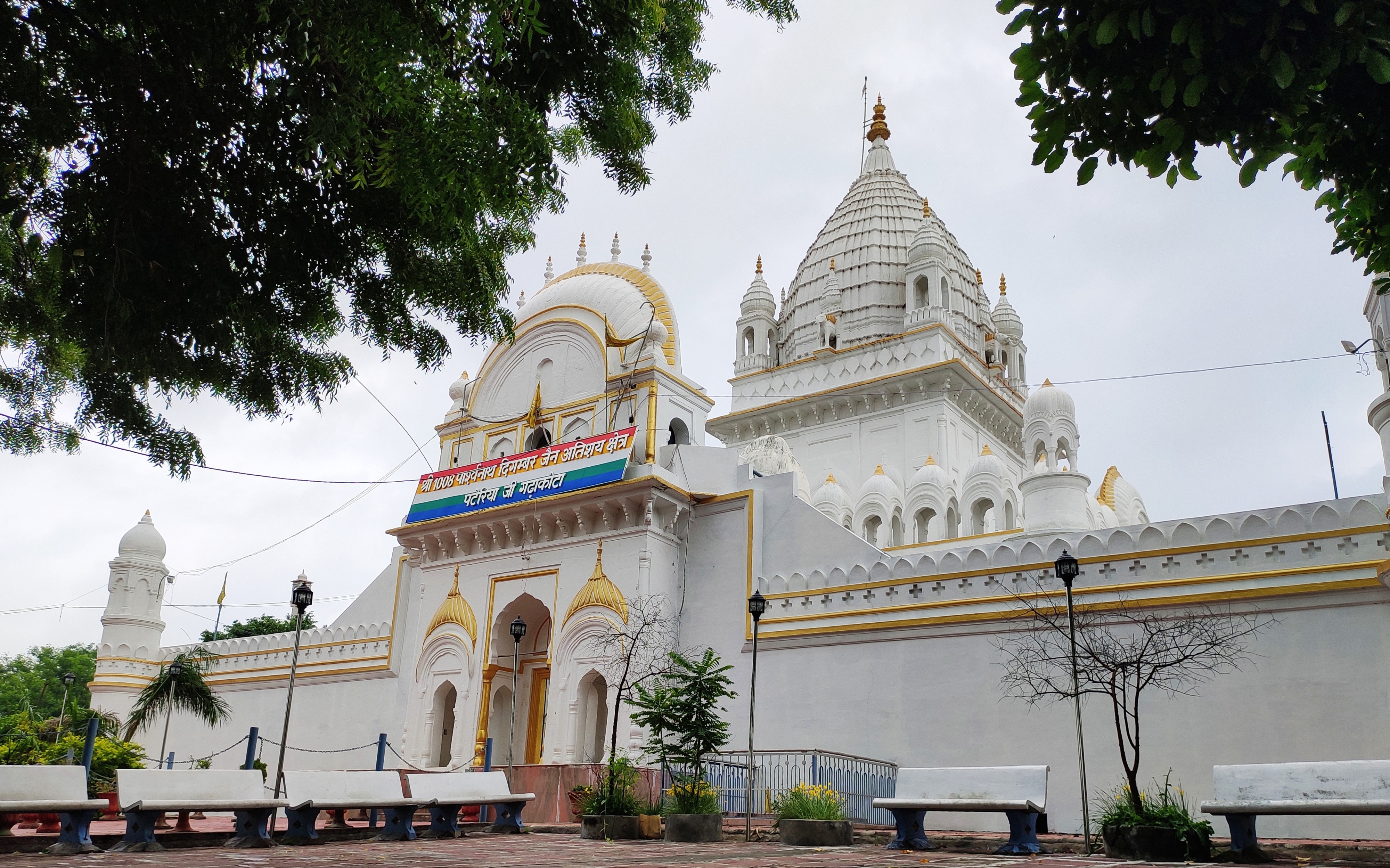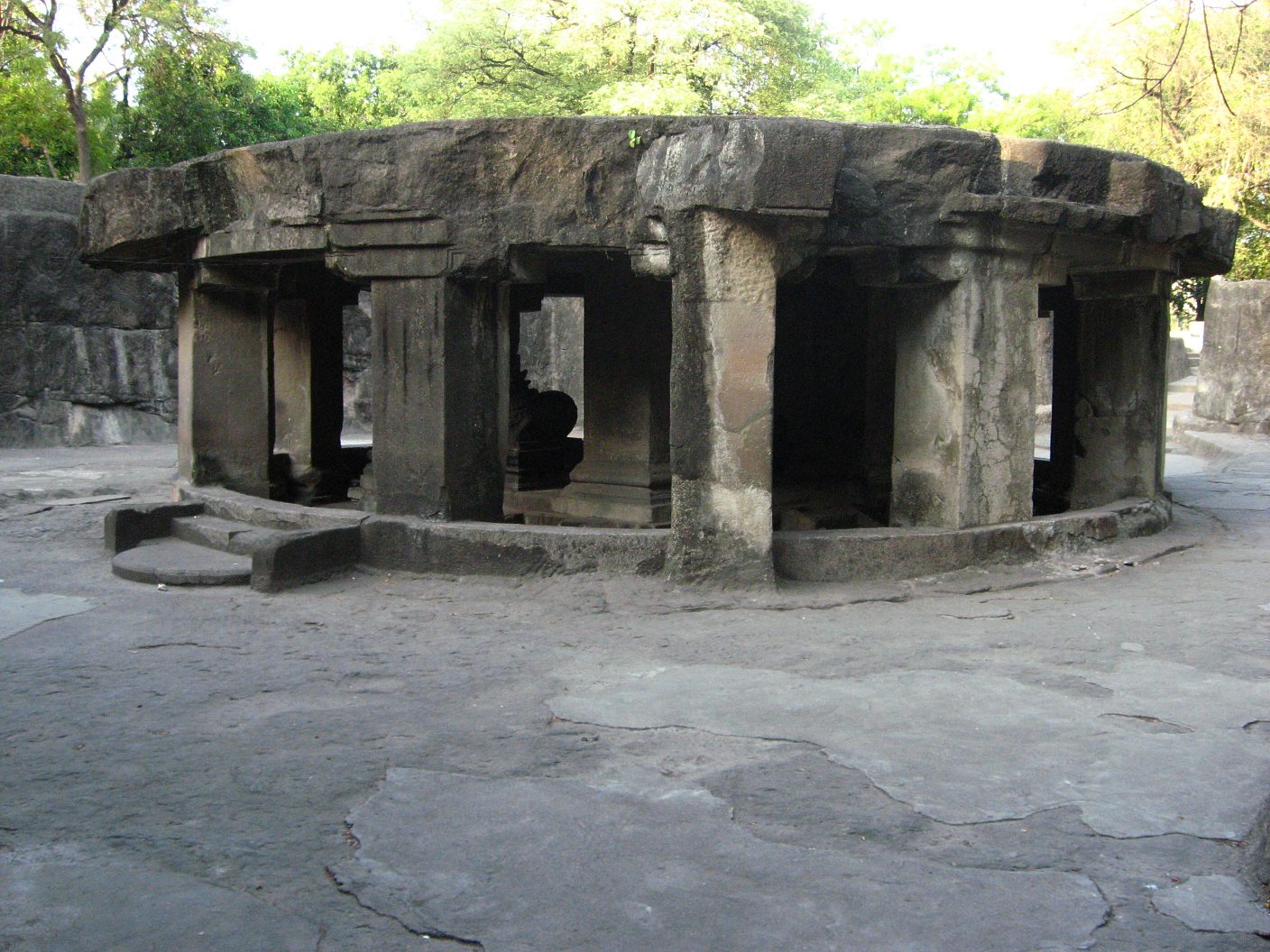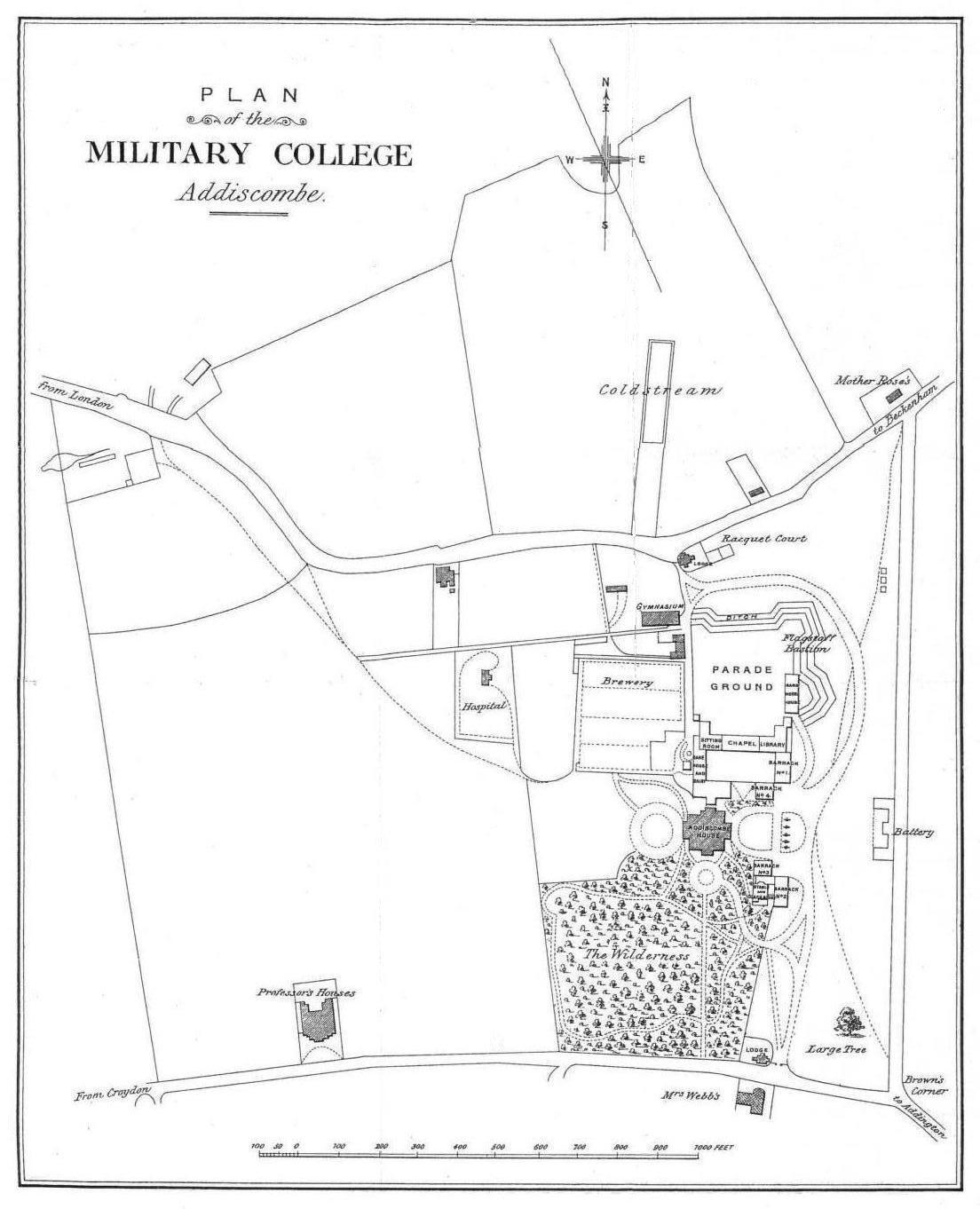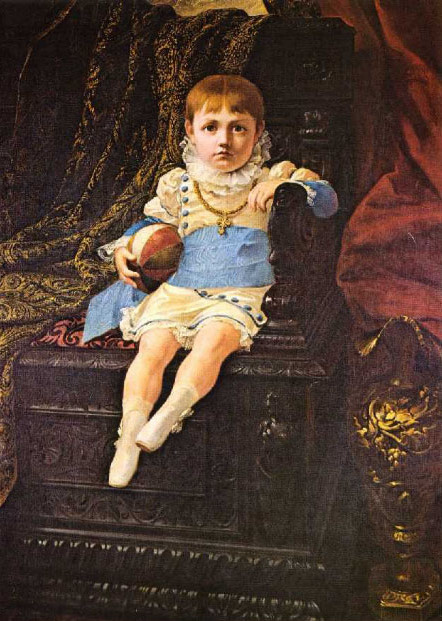|
3rd Bombay European Regiment
The 3rd Bombay European Regiment was an infantry regiment raised by the British East India Company in 1853. They were created originally for the defence of Bombay (Mumbai) and were stationed initially in Pune, but they were soon called upon to quell the Indian Rebellion of 1857. They were deployed to Central India and were part of the 2nd Brigade of the Central India Field Force. They were instrumental in Sir Hugh Rose’s Central India Campaign of 1858, participating in the siege and recapture of strongholds captured by the rebels such as Sagar, Rahatgarh, Jhansi and Gwalior. They received two battle honours for this particular campaign. After the rebellion was quelled, the British Parliament passed the Government of India Act 1858, which transferred power from the British East India Company to the British Crown. Wide-ranging reforms emanated from this act. The 3rd Bombay European Regiment was disbanded in 1862 and incorporated into the British Army as the 109th Regiment of Fo ... [...More Info...] [...Related Items...] OR: [Wikipedia] [Google] [Baidu] |
British India
The provinces of India, earlier presidencies of British India and still earlier, presidency towns, were the administrative divisions of British governance on the Indian subcontinent. Collectively, they have been called British India. In one form or another, they existed between 1612 and 1947, conventionally divided into three historical periods: *Between 1612 and 1757 the East India Company set up factories (trading posts) in several locations, mostly in coastal India, with the consent of the Mughal emperors, Maratha Empire or local rulers. Its rivals were the merchant trading companies of Portugal, Denmark, the Netherlands, and France. By the mid-18th century, three ''presidency towns'': Madras, Bombay and Calcutta, had grown in size. *During the period of Company rule in India (1757–1858), the company gradually acquired sovereignty over large parts of India, now called "presidencies". However, it also increasingly came under British government oversight, in effect shar ... [...More Info...] [...Related Items...] OR: [Wikipedia] [Google] [Baidu] |
British Crown
The Crown is the state (polity), state in all its aspects within the jurisprudence of the Commonwealth realms and their subdivisions (such as the Crown Dependencies, British Overseas Territories, overseas territories, Provinces and territories of Canada#Provinces, provinces, or states and territories of Australia, states). Legally ill-defined, the term has different meanings depending on context. It is used to designate the monarch in either a personal capacity, as Head of the Commonwealth, or as the king or queen of their realms (whereas the monarchy of the United Kingdom and the monarchy of Canada, for example, are distinct although they are in personal union). It can also refer to the rule of law; however, in common parlance 'The Crown' refers to the functions of executive (government), government and the civil service. Thus, in the United Kingdom (one of the Commonwealth realms), the government of the United Kingdom can be distinguished from the Crown and the state, in prec ... [...More Info...] [...Related Items...] OR: [Wikipedia] [Google] [Baidu] |
Sepoys
''Sepoy'' () was the Persian-derived designation originally given to a professional Indian infantryman, traditionally armed with a musket, in the armies of the Mughal Empire. In the 18th century, the French East India Company and its other European counterparts employed locally recruited soldiers within India, mainly consisting of infantry designated as "sepoys". The largest sepoy force, trained along European lines, served the British East India Company The term "sepoy" continues in use in the modern Indian, Pakistan and Nepalese armies, where it denotes the rank of private. Etymology In Persian (Aspa) means horse and Ispahai is also the word for cavalrymen. The term ''sepoy'' is derived from the Persian word () meaning the traditional "infantry soldier" in the Mughal Empire. In the Ottoman Empire the term was used to refer to cavalrymen. History The sepoys of the Mughal Empire were infantrymen usually armed with a musket and a talwar, although they som ... [...More Info...] [...Related Items...] OR: [Wikipedia] [Google] [Baidu] |
Garhakota
Garhakota is a town and a municipality in Sagar district in the state of Madhya Pradesh, India. Geography Garhakota is located at . It has an average elevation of 373 metres (1,223 feet). Demographics India census, Garhakota had a population of 26,877. Males constitute 52% of the population and females 48%. Garhakota has an average literacy rate of 67%, higher than the national average of 59.5%: male literacy is 77%, and female literacy is 57%. In Garhakota, 16% of the population is under 6 years of age. Many archaeological surveys have revealed that it has been a place of importance for many civilizations. Pt. Gopal Bhargav, who is currently the PWD Minister in MP government, comes from this town. It comes under the Rehli constituency and is well developed in comparison to other towns of Sagar district Tourism ;Shree 1008 Parshvanatha Digambar Jain Atishay Kshetra Pateriaji This temple is more than 200 years old. It was built by Seth Radha Kishanjun Shah out of ... [...More Info...] [...Related Items...] OR: [Wikipedia] [Google] [Baidu] |
Commanding Officer
The commanding officer (CO) or sometimes, if the incumbent is a general officer, commanding general (CG), is the officer in command of a military unit. The commanding officer has ultimate authority over the unit, and is usually given wide latitude to run the unit as they see fit, within the bounds of military law. In this respect, commanding officers have significant responsibilities (for example, the use of force, finances, equipment, the Geneva Conventions), duties (to higher authority, mission effectiveness, duty of care to personnel), and powers (for example, discipline and punishment of personnel within certain limits of military law). In some countries, commanding officers may be of any commissioned rank. Usually, there are more officers than command positions available, and time spent in command is generally a key aspect of promotion, so the role of commanding officer is highly valued. The commanding officer is often assisted by an executive officer (XO) or second-in-co ... [...More Info...] [...Related Items...] OR: [Wikipedia] [Google] [Baidu] |
Bhopal
Bhopal (; ) is the capital city of the Indian state of Madhya Pradesh and the administrative headquarters of both Bhopal district and Bhopal division. It is known as the ''City of Lakes'' due to its various natural and artificial lakes. It is also one of the greenest cities in India. It is the 16th largest city in India and 131st in the world. After the formation of Madhya Pradesh, Bhopal was part of the Sehore district. It was bifurcated in 1972 and a new district, Bhopal, was formed. Flourishing around 1707, the city was the capital of the former Bhopal State, a princely state of the British ruled by the Nawabs of Bhopal. Numerous heritage structures from this period include the Taj-ul-Masajid and Taj Mahal palace. In 1984, the city was struck by the Bhopal disaster, one of the worst industrial disasters in history. Bhopal has a strong economic base with numerous large and medium industries operating in and around the city. Bhopal is considered as one of the importa ... [...More Info...] [...Related Items...] OR: [Wikipedia] [Google] [Baidu] |
Sehore
Sehore is a city and a municipality in Sehore district in the Indian state of Madhya Pradesh. It is the district headquarters of Sehore District and is located on the Bhopal- Indore highway, 38 km from Bhopal. History Sehore stands at the foothills of the Vindhya Range in the middle of the Malwa region. It has a long and glorious past. Shaiva, Shakta, Jain, Vaishnav, Buddhists and Nath priests made Sehore a significant seat of meditation/ worship. Sehore was a part of the Bhopal estate. After formation of Madhya Pradesh, it was bifurcated, in 1972 and a new district - Bhopal - was carved out of it. Ancient lore states that Maharshi Patanjali, the illustrious founder of a Yoga sect, also spent some time here in prayer, penance and worship. Folklore also points to the visits of Lord Rama, Laxman and Sita to different places in and around Sehore. Sehore has many temples, Mutts, Shrines, Mosques and Churches of historical antiquity and religious significance. ... [...More Info...] [...Related Items...] OR: [Wikipedia] [Google] [Baidu] |
Sir Hugh Rose
Field marshal (United Kingdom), Field Marshal Hugh Henry Rose, 1st Baron Strathnairn, (6 April 1801 – 16 October 1885) was a senior British Army officer. He served as a military adviser to the Military of the Ottoman Empire, Ottoman Army who were seeking to secure the expulsion of the forces of Muhammad Ali of Egypt, Mehemet Ali from Syria during the Egyptian–Ottoman War (1839–41), Egyptian–Ottoman War. He then fought with the French Army at the Battle of Alma, the Battle of Inkerman and at the Battle of Mamelon during the Crimean War. During the Indian Rebellion of 1857 Rose was given command of the Central Indian Field Force and was successful at the battle of Jhansi in April 1858, at Lahore in May 1858 and at Gwalior in June 1858. He went on to be Commander of the Bombay Army, Commander-in-Chief, India and then Commander-in-Chief, Ireland. Early life Born the third son of George Henry Rose, Sir George Rose of Sandhills in Christchurch, Dorset, Christchurch (minister p ... [...More Info...] [...Related Items...] OR: [Wikipedia] [Google] [Baidu] |
Poona
Pune (; ; also known as Poona, ( the official name from 1818 until 1978) is one of the most important industrial and educational hubs of India, with an estimated population of 7.4 million As of 2021, Pune Metropolitan Region is the largest in Maharashtra by area, with a geographical area of 7,256 sq km. It has been ranked "the most liveable city in India" several times. Pune is also considered to be the cultural and educational capital of Maharashtra. Along with the municipal corporation area of PCMC, PMC and the three cantonment towns of Camp, Khadki, and Dehu Road, Pune forms the urban core of the eponymous Pune Metropolitan Region (PMR). Situated {{convert, 560, m, 0, abbr=off above sea level on the Deccan plateau, on the right bank of the Mutha river,{{cite web , last=Nalawade , first=S.B. , url=http://www.ranwa.org/punealive/pageog.htm , title=Geography of Pune Urban Area , publisher=Ranwa , access-date=4 April 2008 , archive-url=https://web.archive.org/web/2007122208 ... [...More Info...] [...Related Items...] OR: [Wikipedia] [Google] [Baidu] |
Addiscombe Military Seminary
The East India Company Military Seminary was a British military academy at Addiscombe, Surrey, in what is now the London Borough of Croydon. It opened in 1809 and closed in 1861. Its purpose was to train young officers to serve in the East India Company's own army in India. The institution was formally known as the East India Company Military Seminary (a name the cadets always disliked) until 1855, when the name was changed to the East India Company Military College.Bourne 1979, p. 206. In 1858, when the college was taken over by the government, it was renamed the Royal India Military College. Colloquially, it was known as Addiscombe Seminary, Addiscombe College, or Addiscombe Military Academy. The Seminary was a sister institution to the East India Company College in Hertfordshire, which trained civilian "writers" (clerks). In military terms it was a counterpart to the Royal Military Academy at Woolwich and the Royal Military College at Sandhurst. History Addiscombe Place ... [...More Info...] [...Related Items...] OR: [Wikipedia] [Google] [Baidu] |
John IV Of Portugal
John IV ( pt, João, ; 19 March 1604 – 6 November 1656), nicknamed John the Restorer ( pt, João, o Restaurador), was the King of Portugal whose reign, lasting from 1640 until his death, began the Portuguese restoration of independence from Habsburg Spanish rule. His accession established the House of Braganza on the Portuguese throne, and marked the end of the 60-year-old Iberian Union by which Portugal and Spain shared the same monarch. Before becoming king, he was John II, 8th Duke of Braganza. He was the grandson of Catherine, Duchess of Braganza, a claimant to the crown during the Portuguese succession crisis of 1580. On the eve of his death in 1656, the Portuguese Empire was at its territorial zenith, spanning the globe. Early life John IV was born at Vila Viçosa and succeeded his father Teodósio II as Duke of Braganza when the latter died insane in 1630. He married Luisa de Guzmán (1613–66), eldest daughter of Juan Manuel Pérez de Guzmán, 8th Duke o ... [...More Info...] [...Related Items...] OR: [Wikipedia] [Google] [Baidu] |
Catherine Of Braganza
Catherine of Braganza ( pt, Catarina de Bragança; 25 November 1638 – 31 December 1705) was Queen of England, Scotland and Ireland during her marriage to King Charles II, which lasted from 21 May 1662 until his death on 6 February 1685. She was the daughter of King John IV of Portugal, who became the first king from the House of Braganza in 1640 after overthrowing the 60–year rule of the Spanish Habsburgs over Portugal and restoring the Portuguese throne which had first been created in 1143. Catherine served as regent of Portugal during the absence of her brother Peter II in 1701 and during 1704–1705, after her return to her homeland as a widow. Owing to her devotion to the Roman Catholic faith in which she had been raised, Catherine was unpopular in England. She was a special object of attack by the inventors of the Popish Plot. In 1678 the murder of Edmund Berry Godfrey was ascribed to her servants, and Titus Oates accused her of an intention to poison the king. T ... [...More Info...] [...Related Items...] OR: [Wikipedia] [Google] [Baidu] |

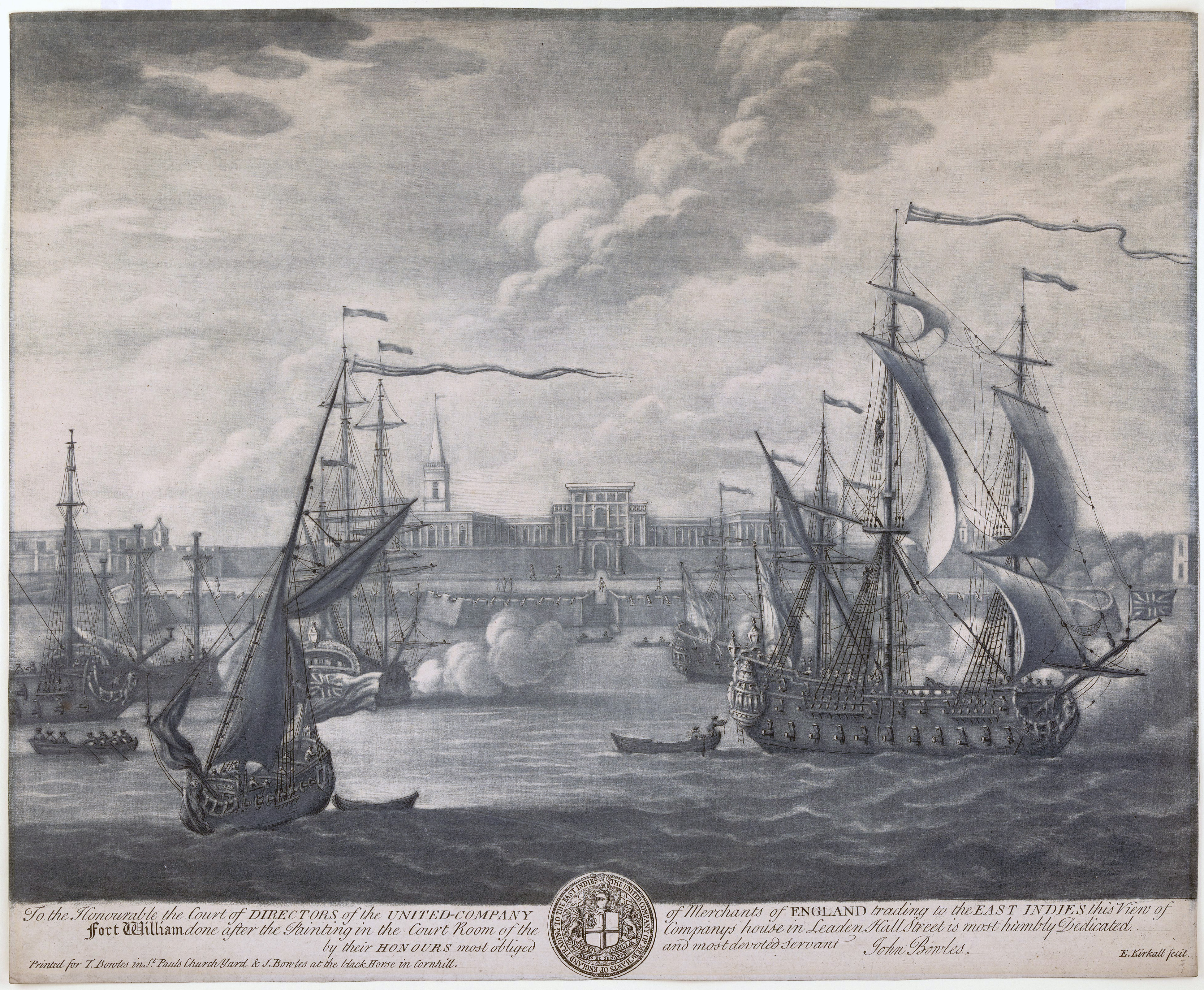
.jpg)
